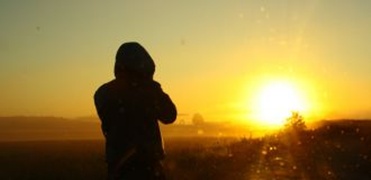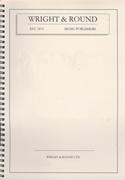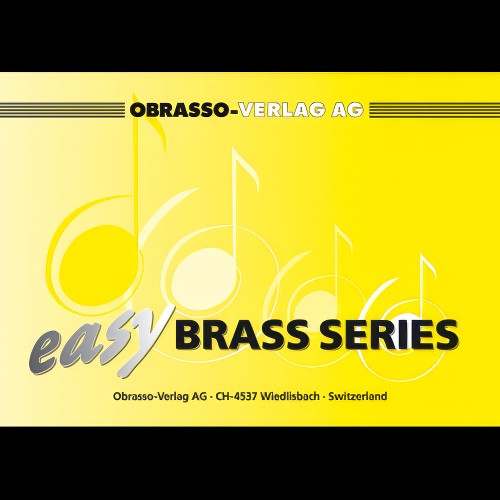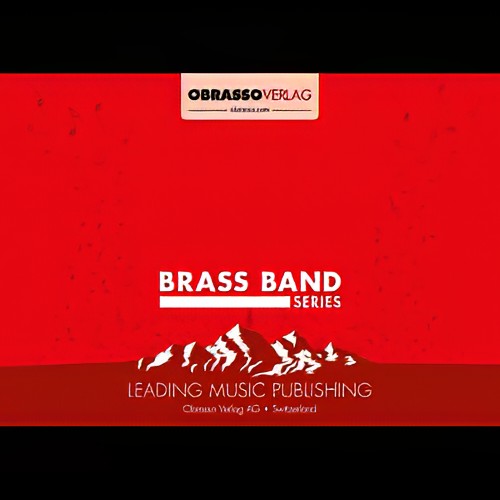We've found 1000 matches for your search. Order by
Results
-
 £40.00
£40.00I SEE THE LIGHT (from Tangled) (Brass Band) - Barry, Darrol
This beautiful song is taken from Pixar's animated feature?Tangled. The opening section features the solo horn against a light accompaniment. The music builds to a change of key where the melody moves over to the euphoniums and baritones. This is a useful concert item and playable by all levels of bands. Grade: 4th section +. Duration: 3:44
Estimated dispatch 7-14 working days
-
 £37.95
£37.95I VOW TO THEE, MY COUNTRY (Brass Band) - Holst, Gustav - Sparke, Philip
.
Estimated dispatch 7-14 working days
-
 £26.50
£26.50 -
 £54.99
£54.99 -
 £50.90
£50.90I WANT TO HOLD YOUR HAND (Brass Band) - Lennon & McCartney - Woude, Klaas van der
Medium/Easy
Estimated dispatch 7-14 working days
-
 £33.00
£33.00I Will Always Love You (Solo Cornet/Brass Band)
Solo Cornet with brass bnad
Estimated dispatch 7-14 working days
-
 £56.00
£56.00I WILL FOLLOW HIM (3 Trombones & Flugel feature/Brass Band) - Richards, Goff
3 Trombones & Flugel feature. Grade: medium
Estimated dispatch 7-14 working days
-
 £56.00
£56.00I Wish It Could Be Christmas Every Day (Brass Band - Score and Parts) - Wood, Roy - Hume, Rob J.
Slightly reduced Brass Band instrumentation (no rep cornet, no 2nd horn, no 2nd trombone part)
Estimated dispatch 7-14 working days
-
 £33.00
£33.00I Wish it Could be Christmas Everyday (Brass Band - Score and Parts)
-
Estimated dispatch 7-14 working days
-
 £56.00
£56.00I Wish You Love (Euphonium Duet with Brass Band - Score and Parts) - Trenet, Charles - Fernie, Alan
Duration: 4.00
Estimated dispatch 7-14 working days
